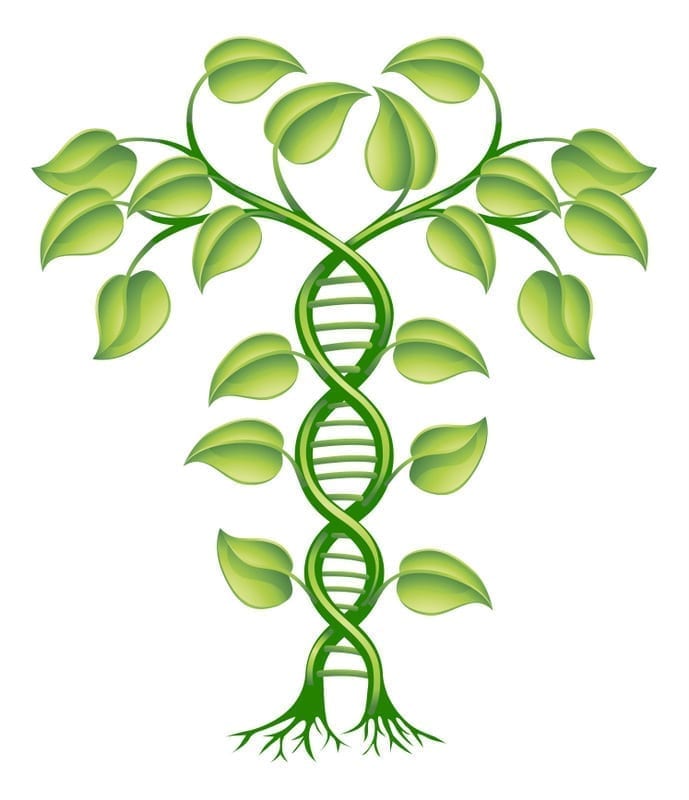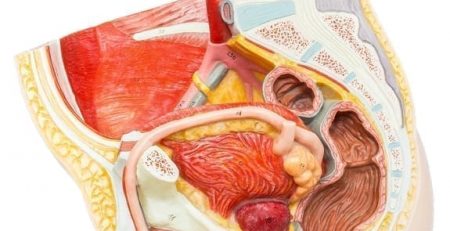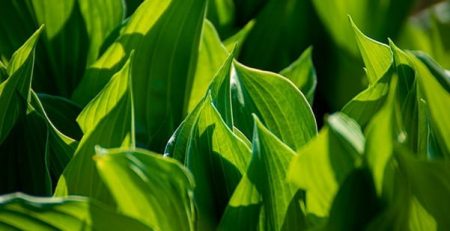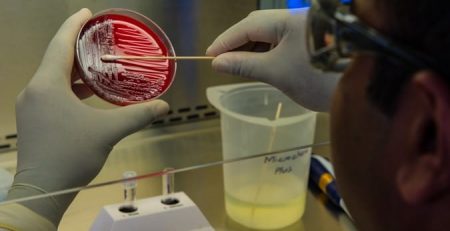Harvard Study Focuses On How Plants Duplicate Their Entire Genomes To Reproduce
Over the course of history a majority of plants, including crops have duplicated their genome to reproduce. By duplicating their genome the plant gives two or more copies of instructions to rebuild itself. A study out of Purdue and Harvard University is starting to untangle the genetic mechanisms which allow these plants to duplicate their genome; the goal is to improve on the length of time it takes to breed crops such as banana, cotton, canola, strawberry, peanuts, wheat and many others. Current breeding programs that use new polyploids (an organism with three or more genomes) are cumbersome because many of the crops don’t reproduce easily.
Brian Dikes an assistant professor of horticulture at Purdue University and co-author of the published study explains “The machinery that divides the genome during sex is designed to pull paired chromosomes apart and create two cells from one. When you have four chromosomes to work with, they aren’t always divided correctly. “What this paper demonstrates is that we can use evolution as a tool to find the genes that allow plants to tolerate being tetraploids, which have four copies of their genomes.” Researchers found a species which reproduce as both a diploid and tetraploid – Arabidopsis arenosa, a cousin of the standard research plant Arabidopsis thaliana. By comparing the DNA sequences of the whole genomes of plants, they detected the genetic differences between the tetraploid and diploid versions of the species.
Many genes known to play a role in meiosis, or cell division, were different in the tetraploids as compared to the diploids. In particular, the gene Asynaptic1, which controls the organization of chromosome pairs during reproduction, was mutated in tetraploids. Of the plants tested, 95 percent of the tetraploids shared the same mutation in Asynaptic1, while 95 percent of the diploids did not contain this variant. This suggests that the mutation in Asynaptic1 is involved in the adaptation of the meiotic machinery needed to work with four copies of the genome.
“We’re actually learning the mechanisms that were used in evolution to solve challenges faced by plants dealing with tetraploidy,” Dilkes said. “With this understanding we will be able to manipulate crops and crop relatives to accelerate plant breeding and the inclusion of a wider genetic base in the improvement of many existing crops.” Dilkes’ laboratory at Purdue was involved in analyzing the DNA of each plant tested to determine whether it was a diploid or tetraploid. He said the work would continue to determine which genes and mutations allow for sexual reproduction in tetraploid plants.
Kirsten Bomblies, an assistant professor of organismic and evolutionary biology at Harvard and principal investigator for the project, said the results are also important for human health. “Several of the genes have been shown to be critical for survival of tetraploid, but not diploid yeast, and they are also implicated in human polyploid cancers and genome instability syndromes,” Bomblies said. More information: Genetic Adaptation Associated with Genome-Doubling in Autotetraploid Arabidopsis arenosa, Jesse D. Hollister, Brian J. Arnold, Elisabeth Svedin, Katherine S. Xue, Brian P. Dilkes, Kirsten Bomblies, PLoS Genetics. Genome duplication, which results in polyploidy, is disruptive to fundamental biological processes.
Genome duplications occur spontaneously in a range of taxa, and problems such as sterility, aneuploidy and gene expression aberrations are common in newly formed polyploids. In mammals, genome duplication is associated with cancer and spontaneous abortion of embryos. Nevertheless, stable polyploid species occur in both plants and animals. Understanding how natural selection enabled these species to overcome early challenges can provide important insights into the mechanisms by which core cellular functions can adapt to perturbations of the genomic environment. Arabidopsis arenosa includes stable tetraploid populations and is related to well-characterized diploids A. lyrata and A. thaliana. It thus provides a rare opportunity to leverage genomic tools to investigate the genetic basis of polyploid stabilization. We sequenced the genomes of 12 A. arenosa individuals and found signatures suggestive of recent and ongoing selective sweeps throughout the genome. Many of these are at genes implicated in genome maintenance functions, including chromosome cohesion and segregation, DNA repair, homologous recombination, transcriptional regulation and chromatin structure. Numerous encoded proteins are predicted to interact with one another. For a critical meiosis gene, ASYNAPSIS1, we identified a non-synonymous mutation that is highly differentiated by cytotype, but present as a rare variant in diploid A. arenosa, indicating selection may have acted on standing variation already present in the diploid. Several genes we identified that are implicated in sister chromatid cohesion and segregation are homologous to genes identified in a yeast mutant screen as necessary for survival of polyploid cells and also implicated in genome instability in human diseases, including cancer. This points to commonalities across kingdoms and supports the hypothesis that selection has acted on genes controlling genome integrity in A. arenosa as an adaptive response to genome doubling.














